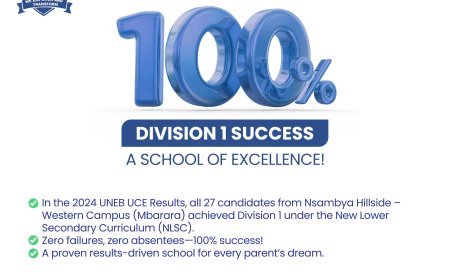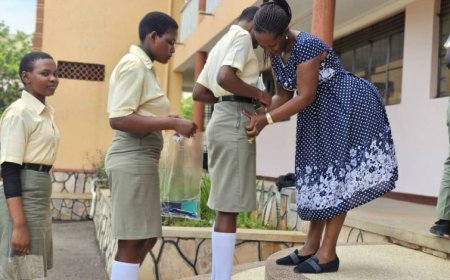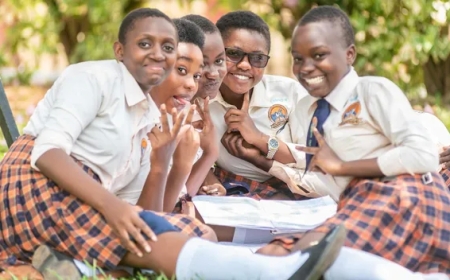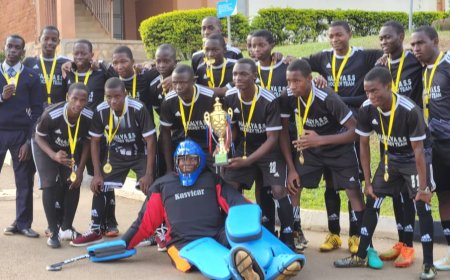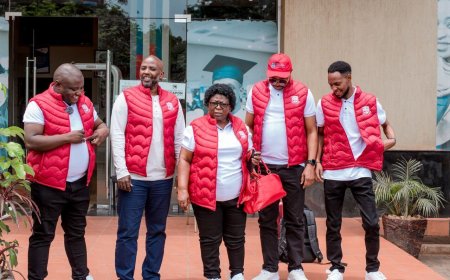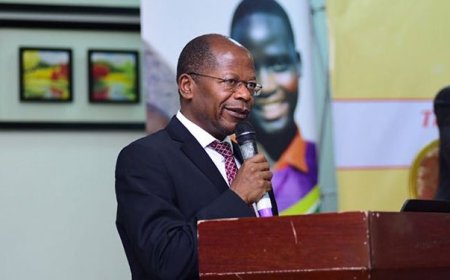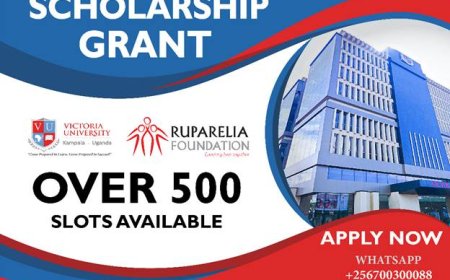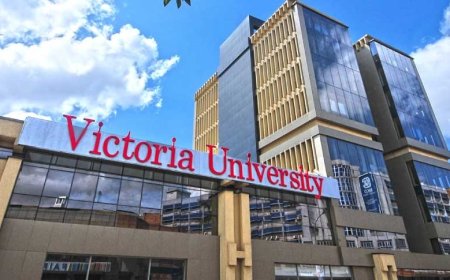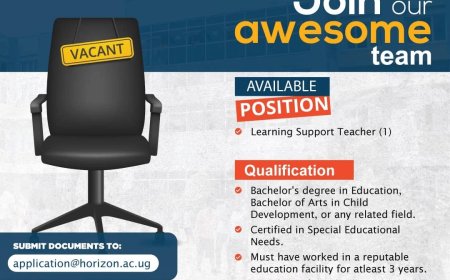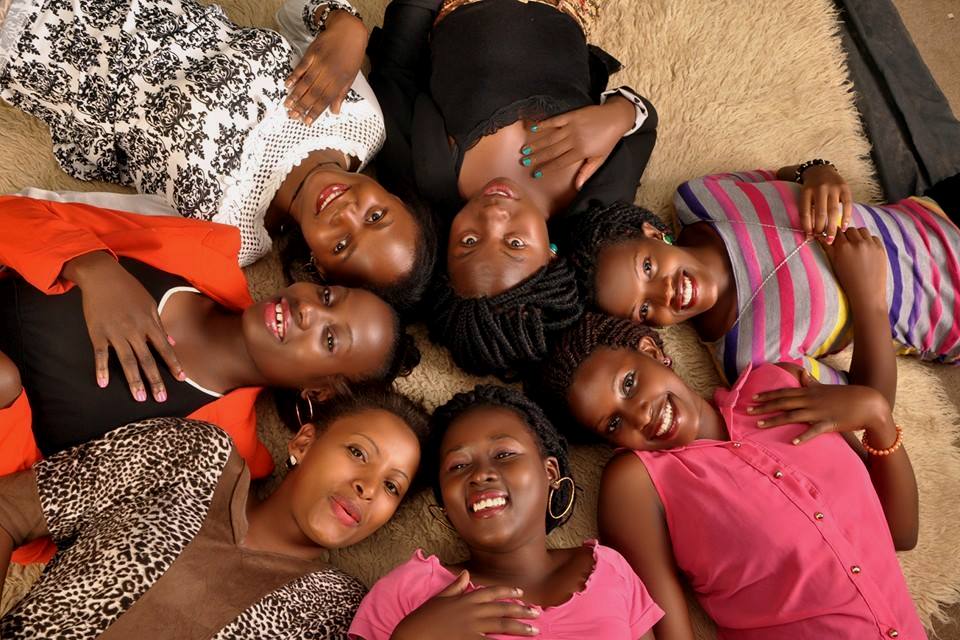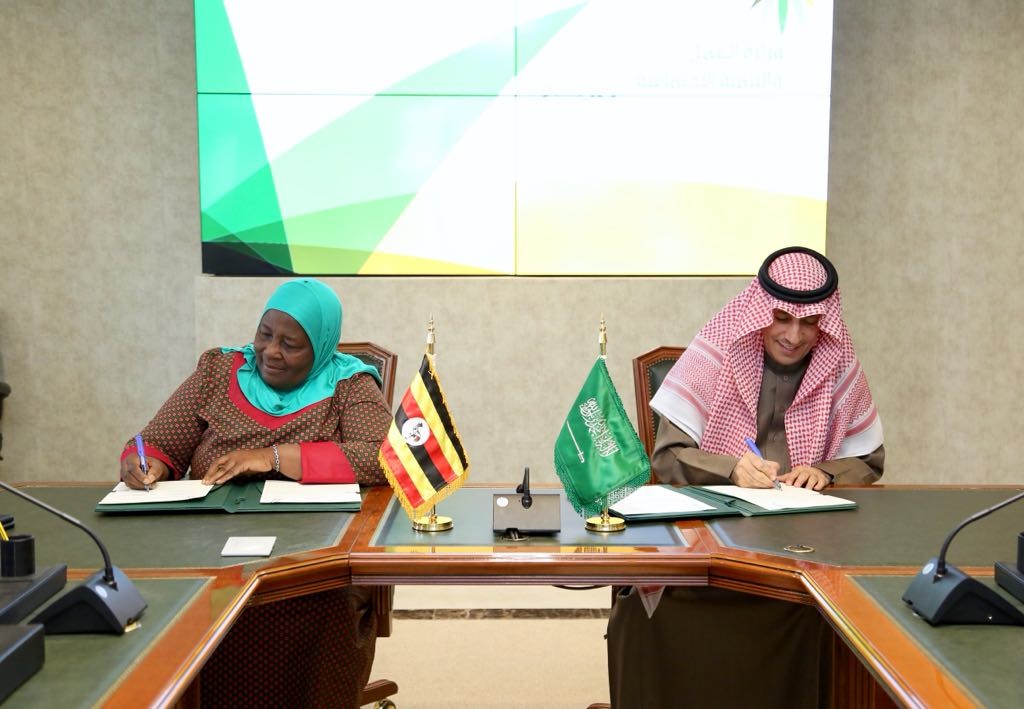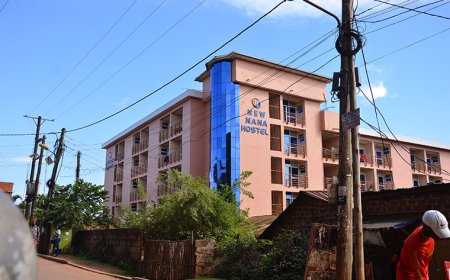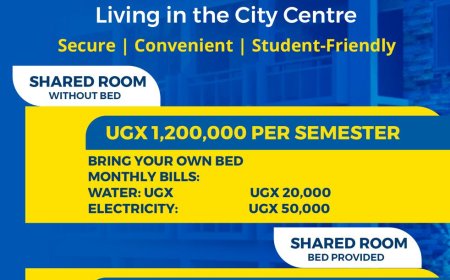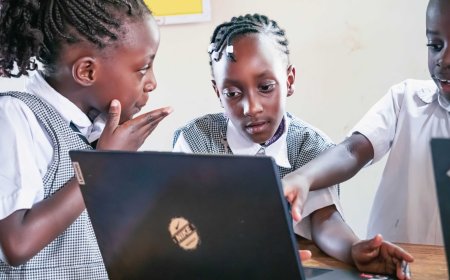Untold Story of PLE Results
80% P.7 leavers struggled to reach top learning level—UNEB
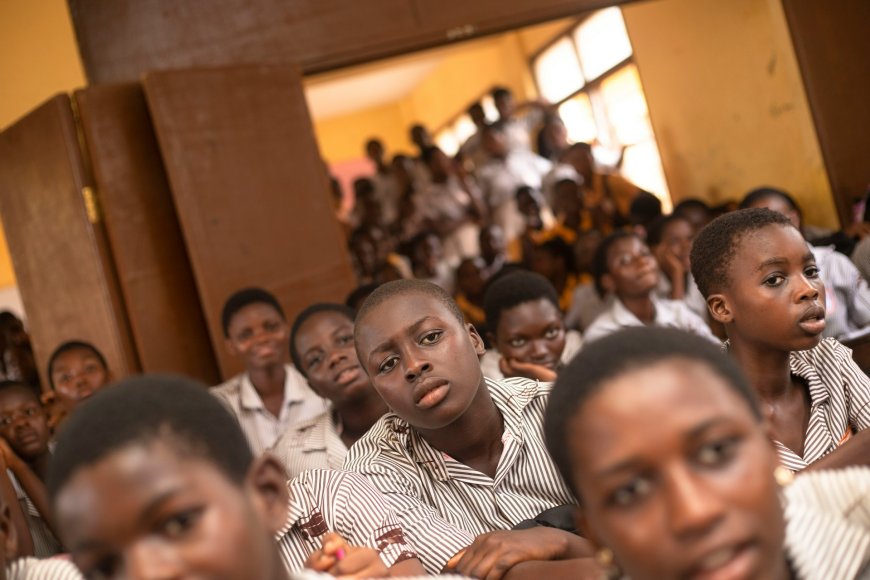
Untold story of PLE Results
80% P.7 leavers struggled to reach top learning level—UNEB
By Conan Businge
The 2024 PLE results reveal a sobering statistic: Only 17% of students achieved higher learning ability in Mathematics and English, with fewer excelling in other subjects. This calls for immediate action to address the gaps in Uganda’s education system and ensure brighter futures for its youth.
As Uganda reflects on the 2024 Primary Leaving Examination (PLE) results, a compelling narrative emerges—less than 20% of students achieved higher learning ability, but many showed progress in basic competencies. This pivotal moment presents an opportunity to revolutionize teaching methods and redefine success in education.
Parents and relatives of each of the 797,444 Primary Seven pupils have great dreams and hope for their children across the country. Nevertheless, we must have every reason to worry and wonder, why, with all the investments made in education, especially primary education; fewer than One (1) in five (5) students achieved higher learning ability.
Mathematics and English Lead in Higher Ability Scores
The statement, read at the release of the national examinations, which were president over by the First Lady and education minister, shows that of the four core subjects, Mathematics and English recorded the highest percentages of higher-ability students, both at 17%. Dan Odong, the executive secretary of the Uganda National Examinations Board, also explained that the students demonstrated not only a strong grasp of factual knowledge but also the ability to apply concepts in problem-solving and new contexts. However, this number remains alarmingly low, showing that the majority of students struggle to elevate their understanding beyond basic recall and familiar application.
Integrated Science faces the toughest hit
Integrated Science often heralded as a key to developing critical thinking and practical skills, Odong explained, had the highest proportion of lower-ability candidates at 24%. This indicates that nearly a quarter of students were unable to effectively understand or apply scientific concepts. This gap sheds light on the need for more hands-on, practical science education that can inspire learners to connect theoretical knowledge with real-world scenarios.
Social Studies and Religious Education exceled in cumulative performance
On a positive note, Social Studies and Religious Education stood out with the best cumulative performance grades. These subjects, deeply rooted in cultural and moral foundations, seem to resonate more effectively with learners. This strength could be leveraged to reinforce learning strategies in other areas.
Overall Division Trends: Progress and Setbacks
The overall division analysis offers mixed results. A larger percentage of candidates passed with Division 2 and above compared to 2023, showcasing incremental progress. However, the number of students achieving the coveted Division 1 status dropped significantly. This trend suggests that while many students meet minimum expectations, fewer excel at the highest level.
Decline in English Distinctions
English, despite being one of the subjects with the highest higher-ability percentages, saw a decline in distinctions compared to the previous year. This underperformance signals challenges in teaching complex language skills, such as composition writing and inference, which are essential for academic success.
Why Are So Many Students Struggling?
The report identifies several learning areas that proved particularly challenging for students. In Mathematics, word problems involving time, distance, and speed, as well as geometric concepts, presented significant difficulties.
In English, students struggled to write structured compositions and draw inferences from continuous texts. Similarly, in Integrated Science, the practical application of skills, such as creating an electromagnet or understanding the function of the diaphragm during breathing, seemed to be areas where learners fell short. These challenges highlight a broader systemic issue: the need for teaching approaches that move beyond rote learning and emphasize practical, critical, and creative thinking.
The Way Forward: Bridging the Learning Gap
The findings from this year’s PLE results offer a wake-up call to policymakers, educators, and parents. With over 80% of students failing to reach higher learning abilities, the focus must shift toward transformative education strategies. This includes:
Revamping Teaching Methods: Introducing more interactive and learner-centered approaches to ensure students grasp concepts at a deeper level.
Investing in Teacher Training: Empowering teachers to effectively teach critical skills in problem solving, analysis, and application.
Strengthening Science Education: Fostering a hands-on approach to Integrated Science, encouraging experimentation, and bridging the gap between theory and practice.
Fostering Language Skills: Enhancing curriculum strategies for English to help students excel in composition and critical reading.
Is Uganda focused on education?
In the fiscal year 2023/2024, Uganda allocated approximately UGX 3,365 billion to the education sector, according to UNICEF reports. This reflects a steady increase from UGX 2,437 billion in 2016/2017. This upward trend indicates the government's commitment to enhancing educational outcomes.
However, despite these increases, the education budget as a percentage of the Gross Domestic Product (GDP) has remained around 2.3%, which is below the international benchmark of 5% recommended by the Incheon Declaration. This suggests that while nominal investments are rising, they may not be keeping pace with the country's economic growth or educational needs.
Focusing on primary education, the Universal Primary Education (UPE) capitation grant has been a critical component of government support. However, concerns have been raised about the adequacy of these grants. For instance, in the fiscal year 2024/2025, the government planned to procure 1,380,591 copies of educational materials for Primary 5 to Primary 7 students. Yet, shortages persist, particularly in Primary 5, where the number of pupils exceeds the available books, potentially undermining reading outcomes at crucial learning stages.
Additionally, the per capita education spending was projected to increase from US$48.7 in FY 2022/2023 to US$50.5 in FY 2023/2024. While this represents a positive trend, it still falls short of addressing the challenges posed by Uganda's rapidly growing school-age population.
While Uganda has demonstrated a commitment to investing in primary education through increased budget allocations and specific initiatives, challenges related to funding adequacy and resource distribution remain. Addressing these issues is crucial for improving educational outcomes and ensuring that all children have access to quality primary education.
The Education Imperative
The story of the 2024 PLE results is not just a statistical analysis but also a reflection of the state of education in Uganda. While some bright spots exist, such as Social Studies’ strong performance, the glaring gaps in higher learning abilities serve as a reminder that much work remains to be done. With concerted efforts from all stakeholders, Uganda has an opportunity to create a system that not only helps students pass but also equips them with the skills they need to excel in an ever-changing world.
What's Your Reaction?







